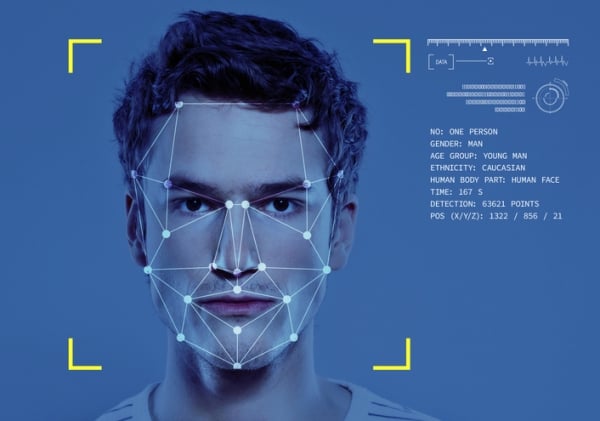Facial recognition technology has been making its way into a variety of industries, from law enforcement to retail, and now it is heading to the classroom. A growing number of schools around the world are implementing facial recognition systems to streamline attendance tracking, enhance security measures, and improve overall efficiency. But the question remains: will students benefit from this technology?
Proponents of facial recognition in schools argue that it can help streamline attendance tracking and eliminate the need for manual processes, such as taking roll call. This can save valuable instructional time and reduce administrative burden on teachers. Additionally, facial recognition systems can enhance security measures by quickly identifying individuals who may not belong on campus or alerting officials to potential threats. This can help create a safer learning environment for students and staff.
Facial recognition technology can also be used to personalize the learning experience for students. By identifying individuals and their preferences, schools can tailor educational materials and resources to meet the needs of each student. This can help improve learning outcomes and provide a more individualized approach to education.
However, there are also concerns about the ethical implications of using facial recognition technology in schools. Critics argue that the technology invades students’ privacy and raises questions about data security. There are also concerns about the potential for bias in the algorithms used in facial recognition systems, which could disproportionately affect certain groups of students.
Additionally, there are worries about the long-term effects of constant surveillance on students’ mental health and well-being. Some argue that constant monitoring through facial recognition systems could create a sense of distrust and anxiety among students, leading to negative impacts on their overall development.
Ultimately, the implementation of facial recognition technology in schools raises important questions about the balance between efficiency and privacy, security and autonomy. While the technology may offer benefits in terms of streamlining processes and enhancing security, it is crucial for schools to consider the potential risks and implications of using such technology on their students.
As facial recognition heads to class, it is important for schools to prioritize transparency, consent, and ethical considerations when implementing these systems. By carefully considering the effects of facial recognition technology on students and taking steps to address any concerns, schools can ensure that the technology is used in a way that truly benefits students and enhances their learning experience.



